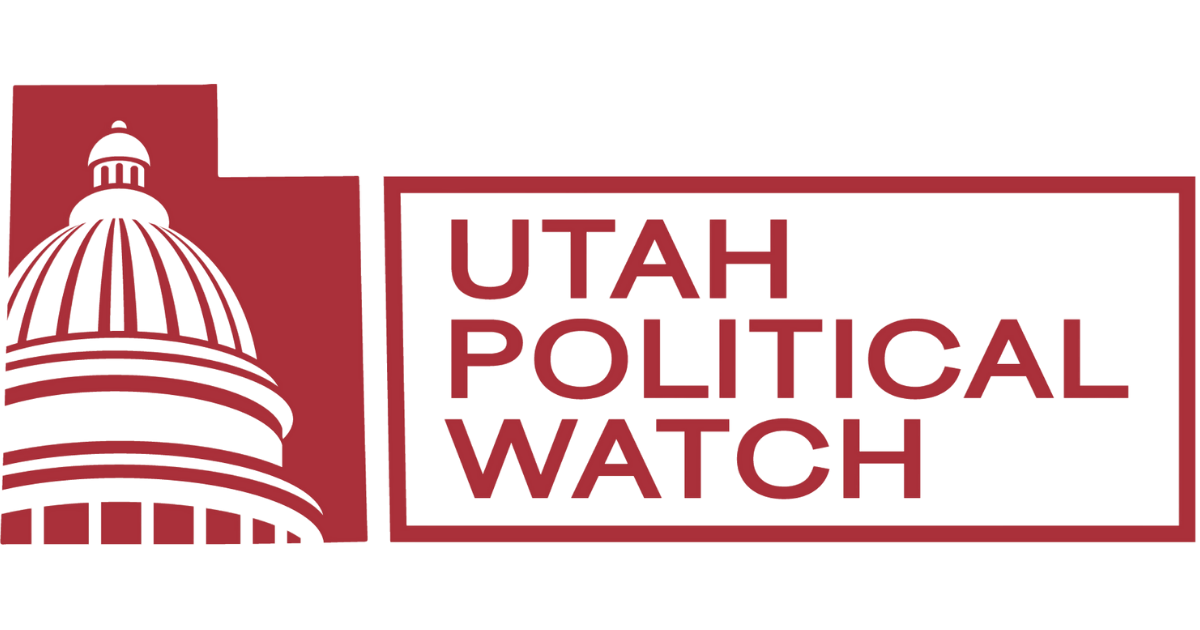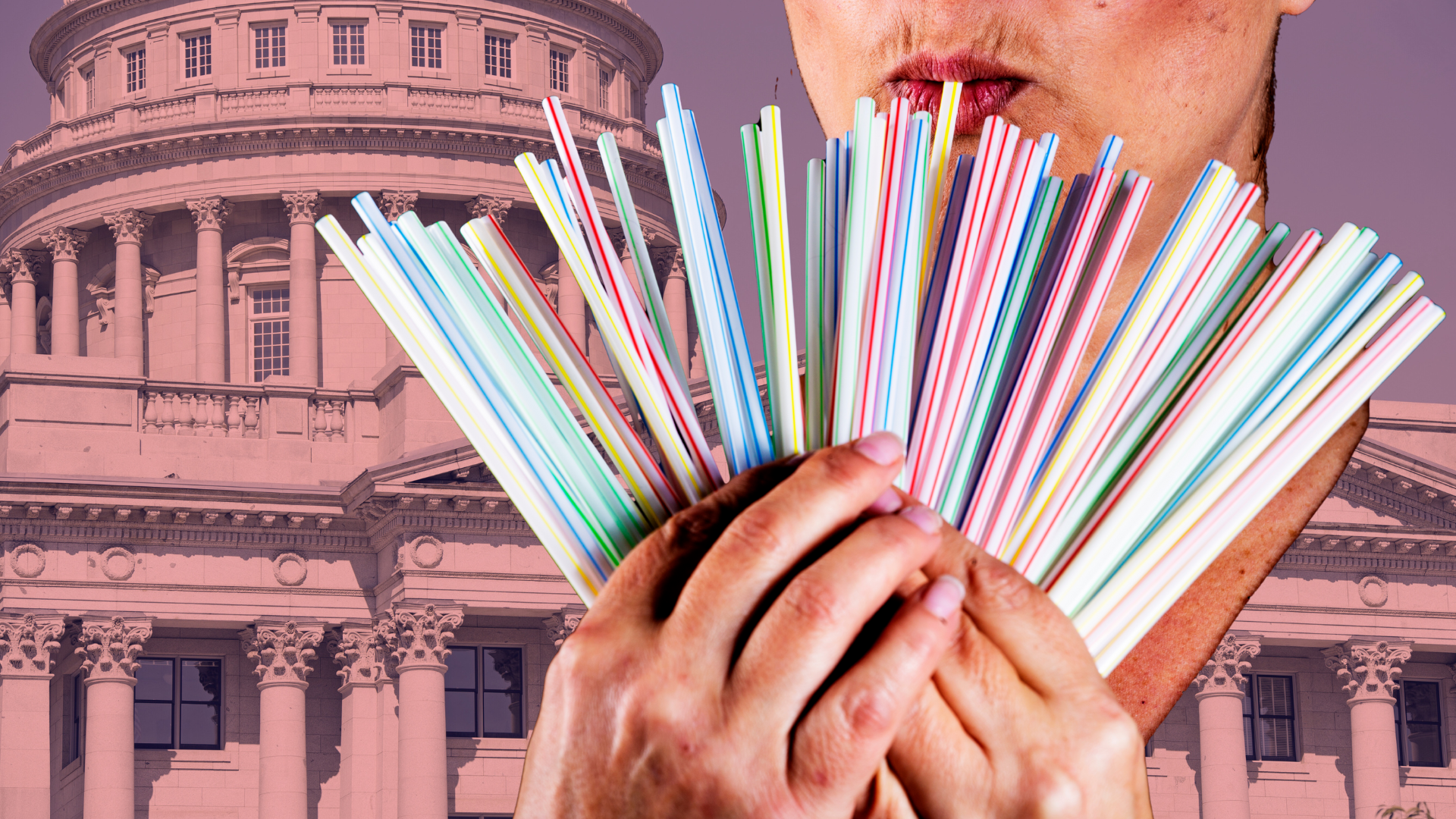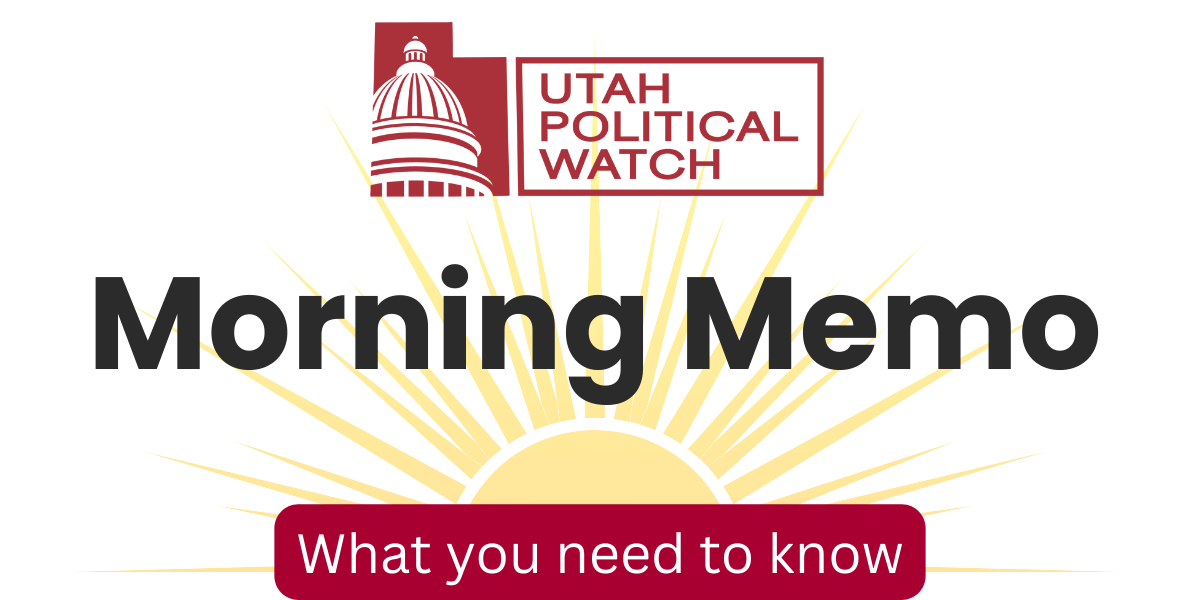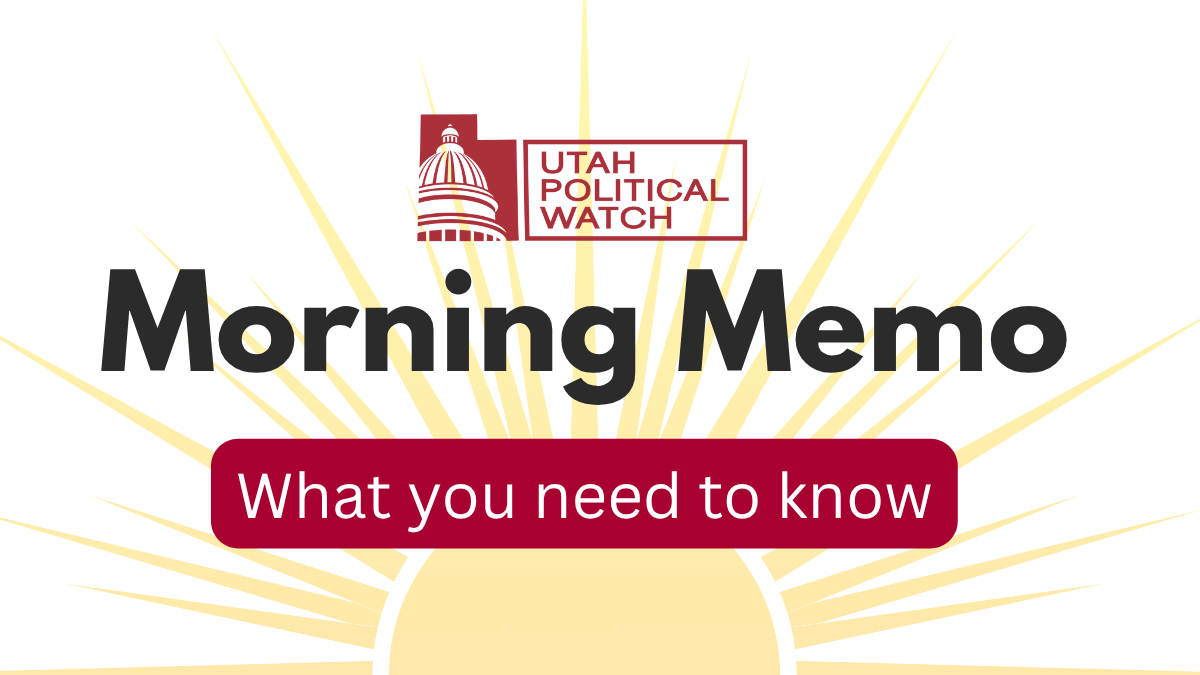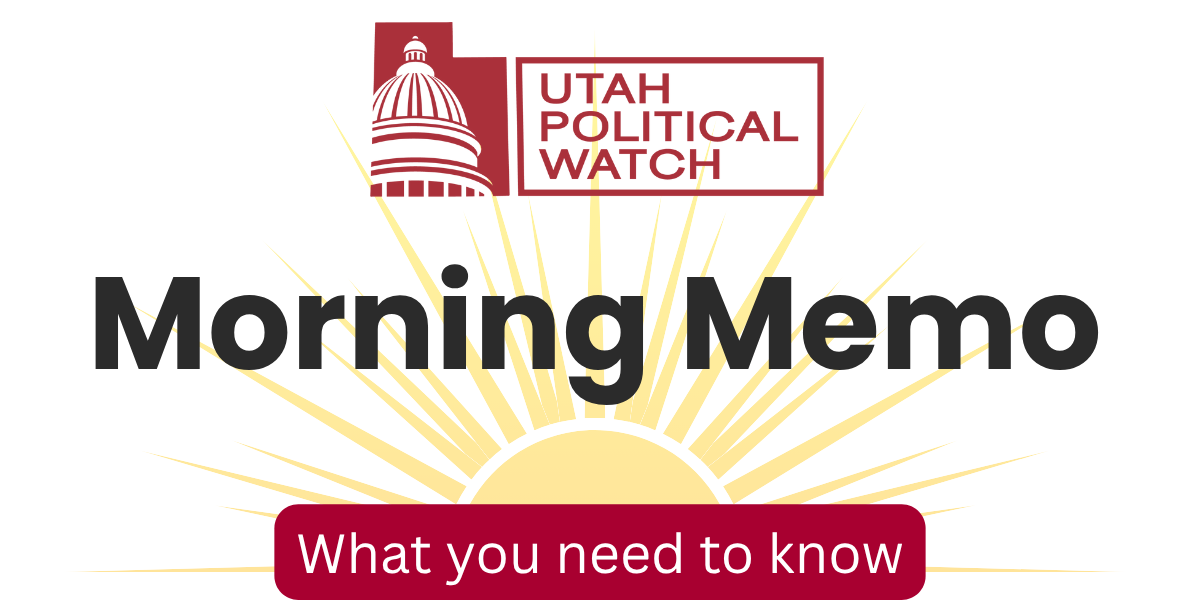A single footnote in the Utah gerrymandering case has some Republican lawmakers grasping at what they believe is a legal lifeline that they hope could prevent them from having to draw new congressional maps ahead of the 2026 election. The footnote, which Republicans seized upon as evidence of either judicial incompetence or overreach, actually came from an unexpected source: their courtroom adversaries.
The dispute stems from Judge Dianna Gibson's August 25 ruling, in which Gibson found that the legislature had violated the Utah Constitution by dismantling Proposition 4, which created a voter-approved independent redistricting commission and banned partisan gerrymandering. Her decision tossed out the current legislature-approved congressional maps and set a 30-day deadline for new proposals.
In a footnote to a scheduling order issued Saturday, Gibson adjusted some of the language in her original ruling around the legislature’s map-drawing obligations.
“The Court amends its Ruling and Order to remove the ‘order’ requiring the Legislature ‘to design and enact a new congressional plan in the next 30 days.’ That ‘order’ failed to recognize the separation of powers between our courts and our legislature and unintentionally failed to respect the Legislature’s authority to determine how to address the Court’s order,” Gibson wrote.
“This Court overstepped its authority by ordering the Legislature to enact a new congressional plan.”
Republican lawmakers pounced, pointing to the footnote as smoking-gun evidence of what they said were fundamental flaws in Gibson’s entire ruling, characterizing the revision as an attempt to clean up a critical legal blunder.
Sen. Dan McCay said the footnote was just one example of numerous “obvious mistakes” throughout Gibson’s ruling.
Judge Gibson is starting to appreciate some of the obvious mistakes in her ruling.
— Daniel McCay (@danmccay) September 8, 2025
Check out this footnote from the "revised" order on Saturday. pic.twitter.com/DplrR5bFXi
Sen. Mike Lee amplified the criticism, arguing that the revision “draws more attention to the fact the judge is replacing the will of elected lawmakers with her own policy preferences.”
This was one of the most glaring errors in the original order
— Mike Lee (@BasedMikeLee) September 9, 2025
The fact that Judge Gibson is just now acknowledging that error is troubling
Better late than never, but it doesn’t inspire confidence—especially given that it draws more attention to the fact that the judge is…
Some speculated this supposed admission by Gibson could be enough to convince the Utah Supreme Court to preserve the current maps.
Those celebrations proved premature. The revision they were trumpeting as judicial incompetence had actually been requested by the plaintiffs in the case.
On the last page of an August 29 response, the plaintiffs asked Gibson to amend her original order to align with the original language of the ballot initiative.
“Plaintiffs suggest an additional clarification to the Court’s Order. Proposition 4 provides that ‘[u]pon the issuance of a permanent injunction...the Legislature may enact a new or alternative redistricting plan that abides by and conforms to the redistricting standards, procedures, and requirements of this chapter,’” the filing reads.
The change would make clear that lawmakers could draw new maps that comply with Prop. 4, but they weren’t being ordered to do so. Instead, they were facing a choice: either submit compliant maps by the deadline or risk having the court impose a solution.
“Plaintiffs therefore suggest that the Court clarify that its directive to the Legislature to enact a legally-compliant remedial map is subject to the Legislature’s election to do so. By providing a deadline, the Court is allowing a period of time for the Legislature to make that determination, after which the Court will act to impose a map in the absence of a legislatively enacted map and/or a legally compliant such map.”
Walter Olson, Senior Fellow at the Cato Institute Center for Constitutional Studies, says he’s not surprised that the judge would agree to that change given the nature of this particular case.
“You want a judge to tread very carefully around the separation of powers. This is a very delicate issue,” Olson said. “The judge is trying to square corners and making sure that every step is taken properly along the way. I think the judge, realizing what was at stake, tried to go back and do it correctly.”
Olson says a judge doesn’t have the power to force a co-equal branch of government to do something, but they do have the obligation to enforce the law.
“It’s kind of like parents trying to discipline an unruly teenager. They can’t actually force the teenager to do anything. But they let them know if they don’t comply, there will be consequences.”
Olson says a footnote in a revised order that addresses and corrects a potential issue doesn’t seem like something that would be enough to derail an entire case, but anything is possible when considering fundamental constitutional issues like separation of powers.
